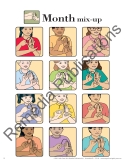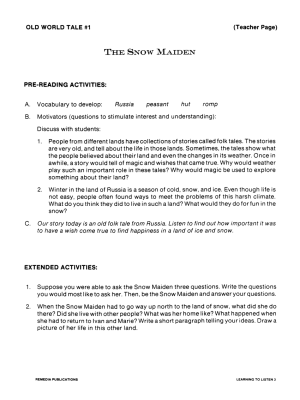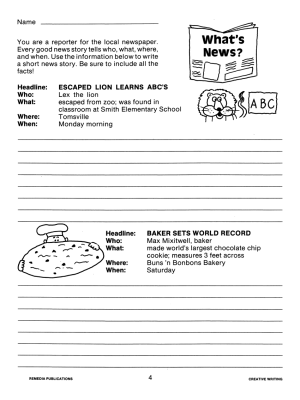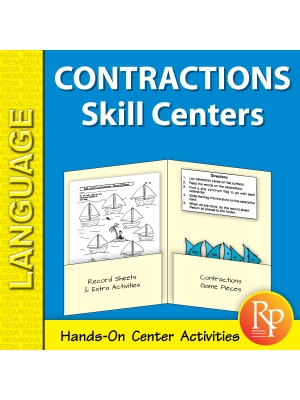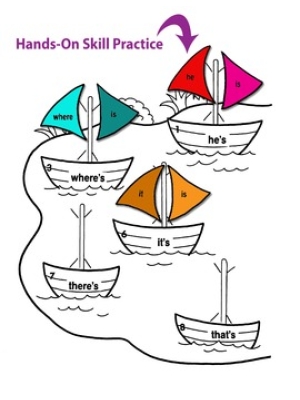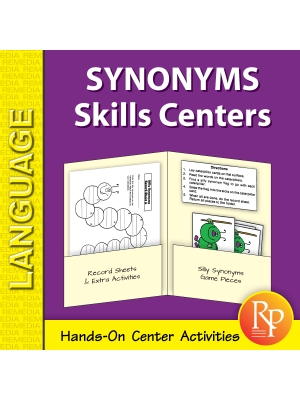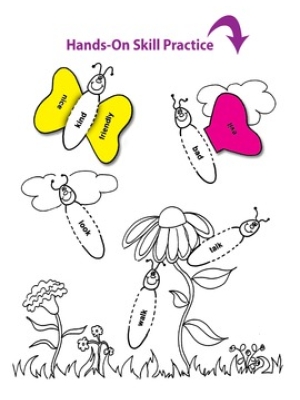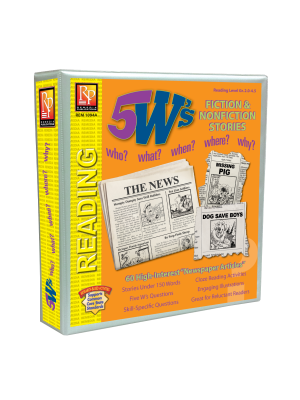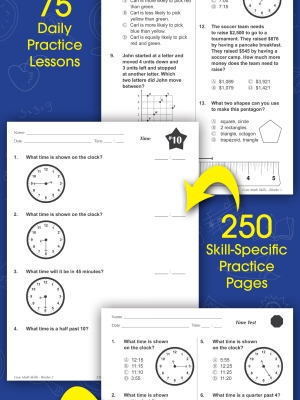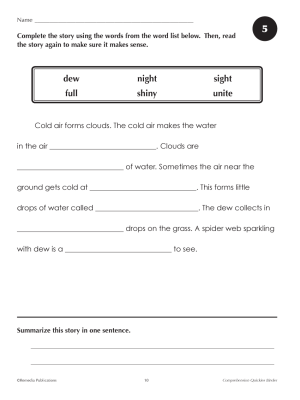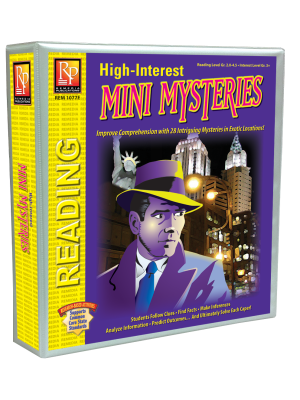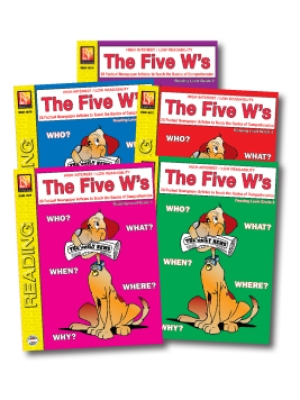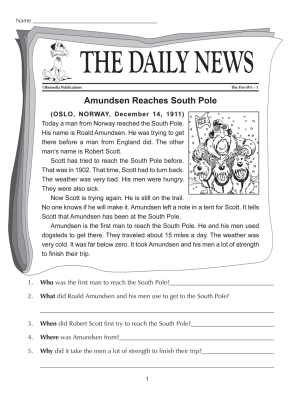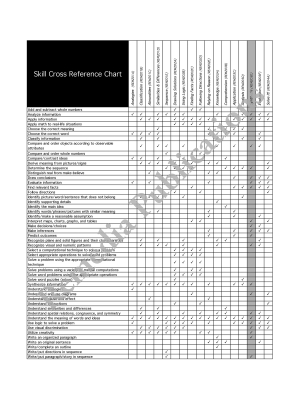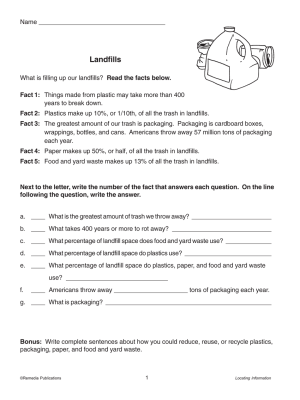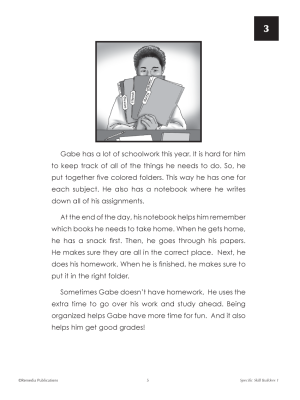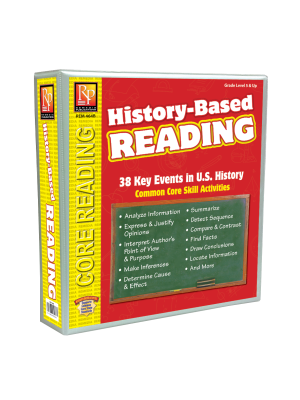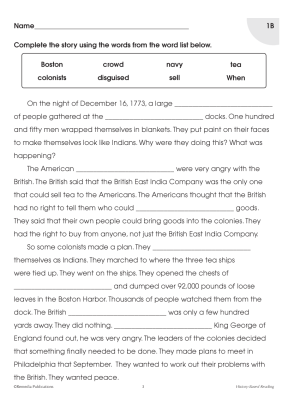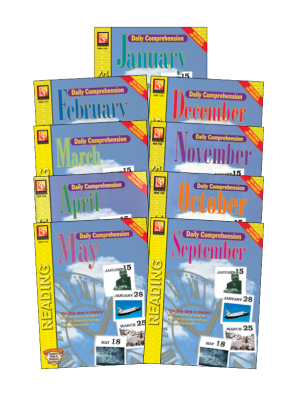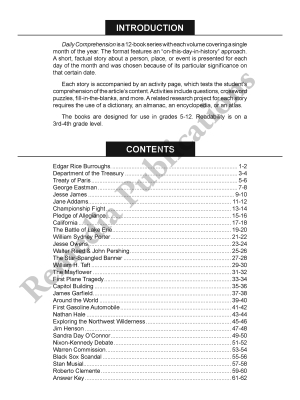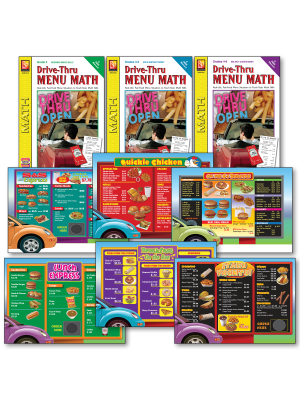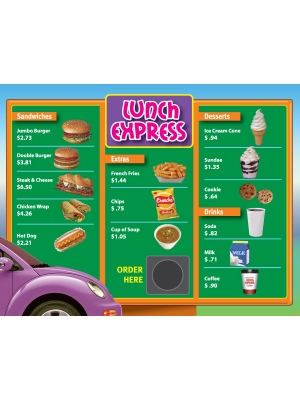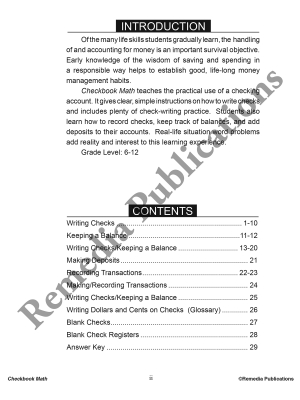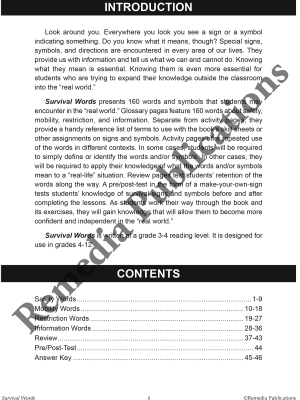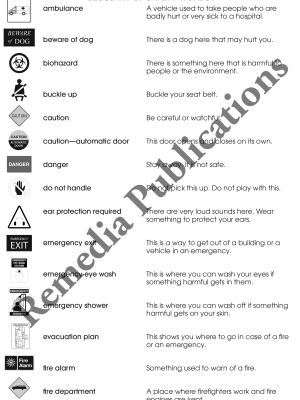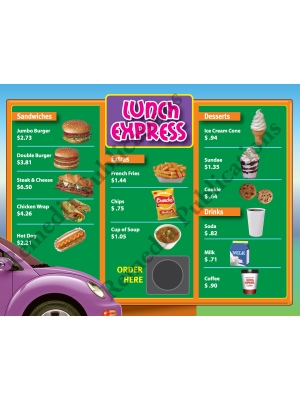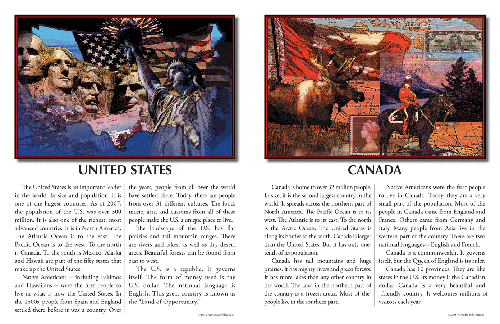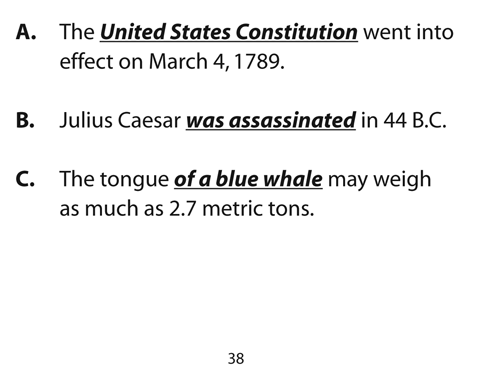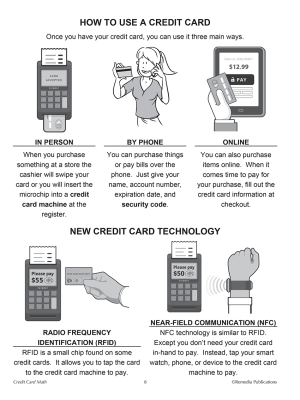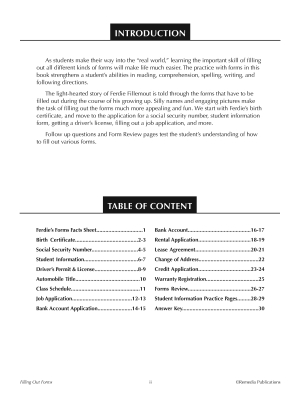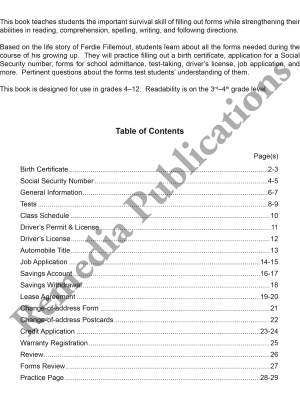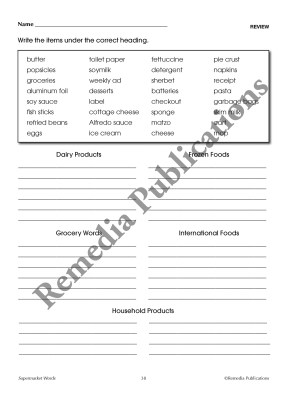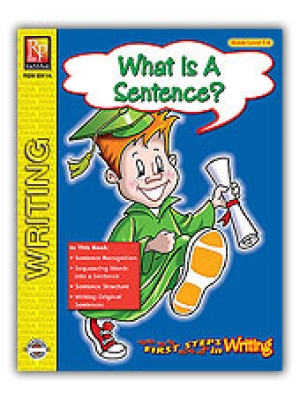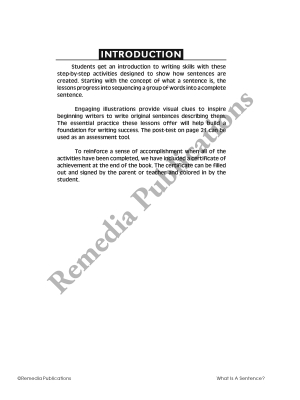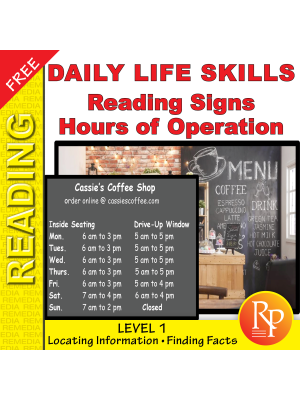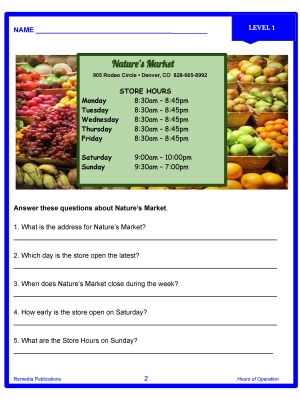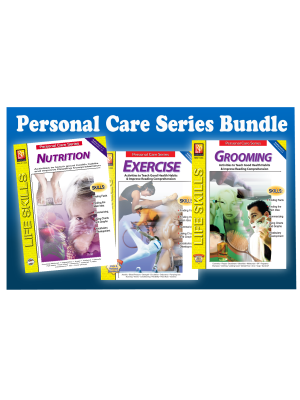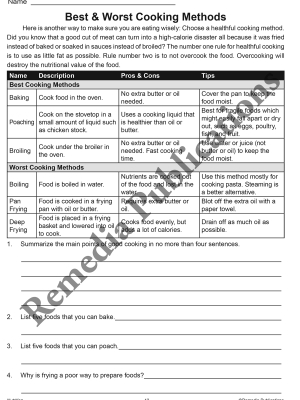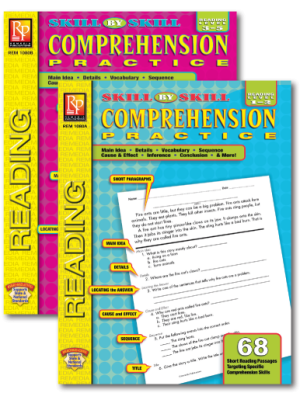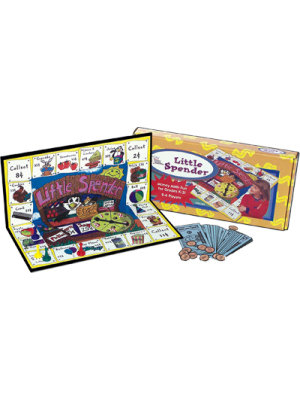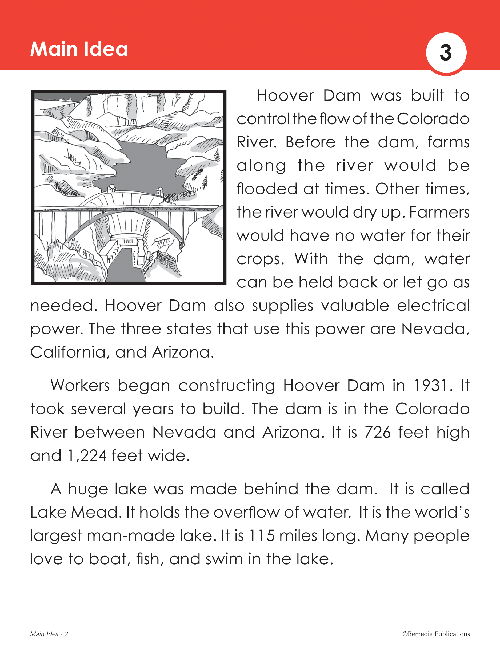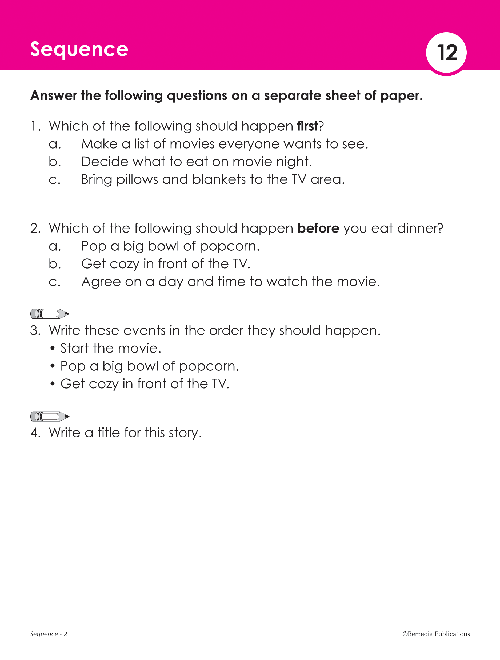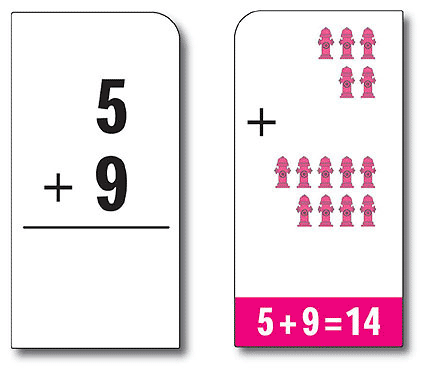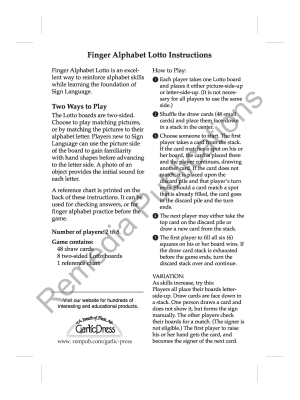These flip
sheets cover the alphabet, numbers, colors, days, months, time, family,
weather, celebrations and nature elements.
Sign language benefits all learning skills as well as improving hand-eye coordination and fine motor skills.
FAQ ABOUT SIGN LANGUAGE MATERIALS
Are your sign language materials ASL or Signed English?
Yes!
A question that too often cloaks, "Whose camp are you in?" Our
offerings tend to run closer to the linguistic models of Standard
English. While our Word in the Hand book is clearly modeled for Signed
English, our Sign Language Literature Series models Conceptually
Accurate Signed English (CASE), and other books which primarily present
vocabulary (e.g., Pets, Animals & Creatures) select common usage
signs based upon the ASL and Gallaudet communities. Other books (e.g.,
Signing at School or Can I Help?) model sentence structures closer to
English syntax than ASL.
What sources do you use for your vocabulary?
We
have tried to choose vocabulary signs that reflect a larger, common
usage. Common usage primarily reflects ASL, with attention to Gallaudet,
Signed English systems, and other competent academic programs.
Beginning Signs: Sign Language Flip Chart
- Product Code: EREM GP134
- Viewed: 795
- Availability: In Stock
$4.99
These flip
sheets cover the alphabet, numbers, colors, days, months, time, family,
weather, celebrations and nature elements.
Sign language benefits all learning skills as well as improving hand-eye coordination and fine motor skills.
FAQ ABOUT SIGN LANGUAGE MATERIALS
Are your sign language materials ASL or Signed English?
Yes!
A question that too often cloaks, "Whose camp are you in?" Our
offerings tend to run closer to the linguistic models of Standard
English. While our Word in the Hand book is clearly modeled for Signed
English, our Sign Language Literature Series models Conceptually
Accurate Signed English (CASE), and other books which primarily present
vocabulary (e.g., Pets, Animals & Creatures) select common usage
signs based upon the ASL and Gallaudet communities. Other books (e.g.,
Signing at School or Can I Help?) model sentence structures closer to
English syntax than ASL.
What sources do you use for your vocabulary?
We
have tried to choose vocabulary signs that reflect a larger, common
usage. Common usage primarily reflects ASL, with attention to Gallaudet,
Signed English systems, and other competent academic programs.



